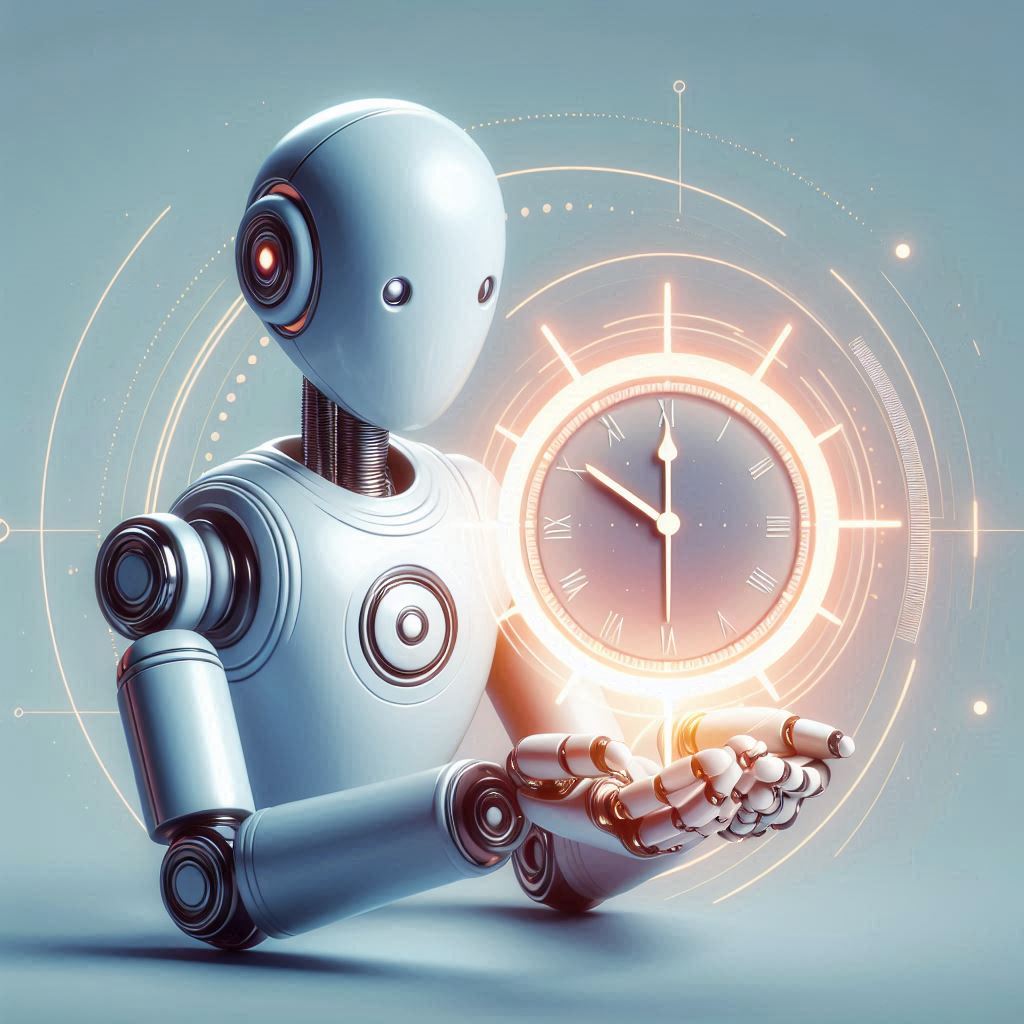
This research introduces T-IMSPE, a future-aware safe active learning method that uses Gaussian Processes to efficiently and safely model time-varying systems by minimizing uncertainty not just in the present but also in future states.
Imagine a machine that not only learns quickly, but does it safely, even while the world around it is constantly changing. Sounds like sci-fi? 👽 Not anymore! A team of researchers from OWL University of Applied Sciences and Bosch have developed a smart new method called T-IMSPE (Time-aware Integrated Mean Squared Prediction Error) to safely teach machines about time-varying systems. And it's about to transform how we design, monitor, and optimize engineering systems! 🚀
Let's dive into how this futuristic approach works and why it's a game-changer for engineers 🔧🌍.
In many engineering applications, gathering data to model a system can be risky, expensive, and even dangerous—think about testing engines, power grids, or biological experiments. Plus, real-world systems don't stay still: they drift, age, wear out, or experience seasonal changes ❄️🌻.
Most existing "active learning" methods focus on learning only the current state. But what if the system changes tomorrow? 🤔 That's where traditional techniques fall short.
Enter T-IMSPE! This new method teaches machines to collect data today that will also be useful in the future ⏳.
T-IMSPE is like giving your AI a crystal ball 🔮. It doesn't just ask: "Where should I take the next measurement to understand today's behavior?" It also asks: "How will today's measurement help me understand tomorrow?"
Here's the simple flow:
This way, engineers can safely build accurate models of systems with fewer experiments and long-term reliability ✅.
The researchers tested T-IMSPE on three scenarios:
They simulated a system whose behavior changes with the seasons. T-IMSPE learned the system faster and with fewer dangerous mistakes compared to traditional entropy-based methods. 🌟
They modeled a system that slowly changed over time (like a sensor that drifts as it gets dirty). Again, T-IMSPE beat the traditional methods by a wide margin, staying safer and learning better.
Finally, they applied T-IMSPE to a real-world problem: calibrating rail pressure in fuel injection systems. Measurements in such systems are expensive and risky. T-IMSPE achieved the same learning quality in 75% less time compared to older methods!
The team behind T-IMSPE sees huge potential:
In short, future-aware safe learning will likely become a core part of engineering AI systems that are not just smart, but also responsible and resilient ✨.
T-IMSPE offers a glimpse into the next era of engineering design: smart, safe, and future-ready 🌟. Whether it's building smarter engines, cleaner energy systems, or safer robots, this breakthrough shows how combining active learning, safety, and time-awareness can make machines not only more efficient but also more trustworthy.
Stay tuned, because the future of engineering is learning to plan ahead! ⏰✨
🧠 Active Learning - Smart way for machines to learn faster by picking the most useful data points instead of randomly collecting information.
🛡️ Safe Active Learning - Learning carefully without taking risky actions, especially important when experiments could be expensive or dangerous.
📈 Gaussian Process (GP) - A fancy mathematical tool that helps predict unknown values while showing how confident (or uncertain) the prediction is.
🕰️ Time-Varying Systems - Systems that change over time, like weather patterns, aging machines, or seasonal business trends.
⚡ Acquisition Function - A smart decision rule that tells the AI where to collect the next piece of data to learn the most valuable information.
📉 Integrated Mean Squared Prediction Error (IMSPE) - A strategy for smarter learning that chooses new data points to make overall predictions more accurate across an entire system.
🔮 T-IMSPE (Time-aware IMSPE) - An upgraded version of IMSPE that not only focuses on improving today's predictions but also makes sure future predictions stay strong!
🔥 Drift - Slow changes over time in a system's behavior, like a sensor getting less accurate as it wears out.
📆 Seasonal Changes - Predictable patterns over time, like higher ice cream sales in summer and more flu cases in winter.
Source: Markus Lange-Hegermann, Christoph Zimmer. Future Aware Safe Active Learning of Time Varying Systems using Gaussian Processes. https://doi.org/10.48550/arXiv.2405.10581
From: OWL University of Applied Sciences and Arts; Bosch Center for Artificial Intelligence.